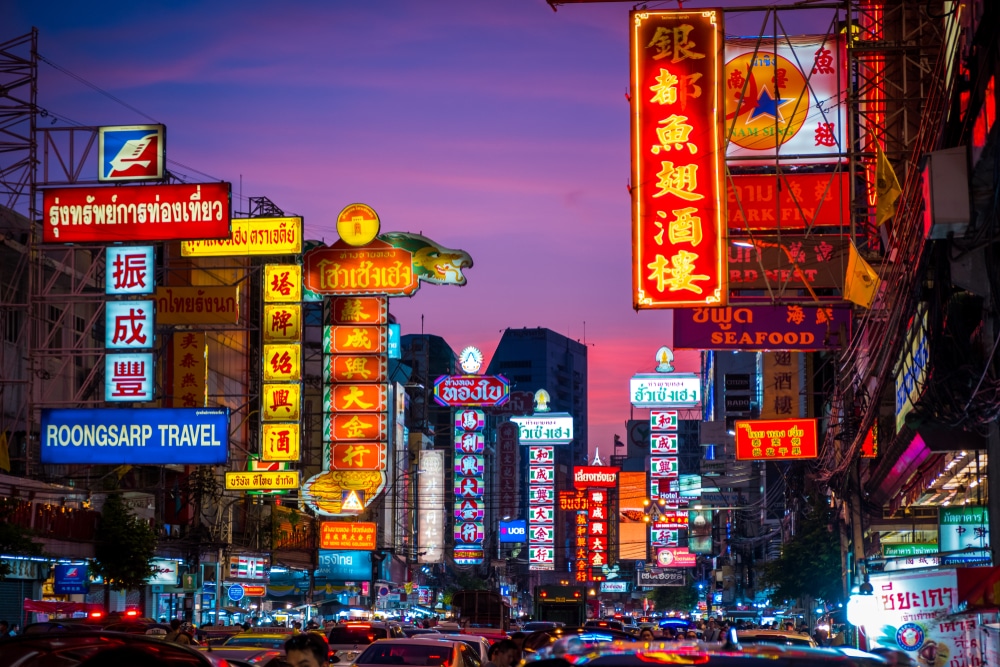

Chinatown in Bangkok, also known as Yaowarat, has been a melting pot of cultural diversity and an epicenter for trade for centuries. The history of tourism in Chinatown is deeply intertwined with the story of this vibrant neighborhood, which began in the late 18th century when Chinese merchants were moved here following the founding of Bangkok as the new capital of Thailand.
Since its inception, Chinatown has been known for its bustling market streets and its role as a major commercial hub. In the early days, it was frequented mostly by traders and businessmen who were part of or connected to the Chinese diaspora. By the mid-20th century, Yaowarat started to gain popularity among travelers interested in the cultural and historic side of Bangkok.
The tourism momentum picked up significantly in the latter part of the 20th century as infrastructure improvements made the area more accessible. The local government, recognizing the potential of Yaowarat as a cultural attraction, began to promote it through various initiatives, highlighting its unique architecture, temples, and markets.
In the late 20th and early 21st centuries, guided tours, food tours, and cultural festivals started to emerge, drawing more attention from international tourists. The infamous street food scene of Chinatown, described by many as one of the best in the world, started featuring prominently in travel guides and articles, further establishing Chinatown as a must-visit destination.
In recent times, Chinatown in Bangkok has solidified its reputation as a top tourist spot. Besides its culinary offerings, its rich history and the Chinese New Year celebrations in Yaowarat have become prime attractions. The neon-lit streets with shops and stalls offering everything from gold to traditional Chinese medicines add to the allure of this district.
The latest trend in Chinatown tourism focuses on authentic experiences. Tourists now seek more than just surface-level sightseeing; they look to immerse themselves in local culture. This includes trying traditional food, visiting bustling markets, and exploring hidden alleys with a history that dates back to the founding of Bangkok.
Sustainable and responsible travel is another emerging trend, where visitors are more conscious about preserving the heritage and culture of Chinatown. Walking tours that minimize environmental impact and support local communities have become popular.
Another trend that is reshaping Chinatown's tourism landscape is digitalization. With the rise of travel influencers and bloggers, online reviews and social media have become crucial in shaping the perceptions of potential visitors. Virtual tours and online cultural exchanges also gained momentum during the recent global events and restrictions.
Today, Chinatown is not only a testament to Bangkok's historical waves of immigration and trade but a thriving example of how tourism can evolve to respect and celebrate deep-rooted cultural heritage in a modern and bustling cityscape. Whether one is there to marvel at its history, enjoy its street food, or partake in its celebrations, Yaowarat stands out as a bright jewel in Bangkok's tourism crown.